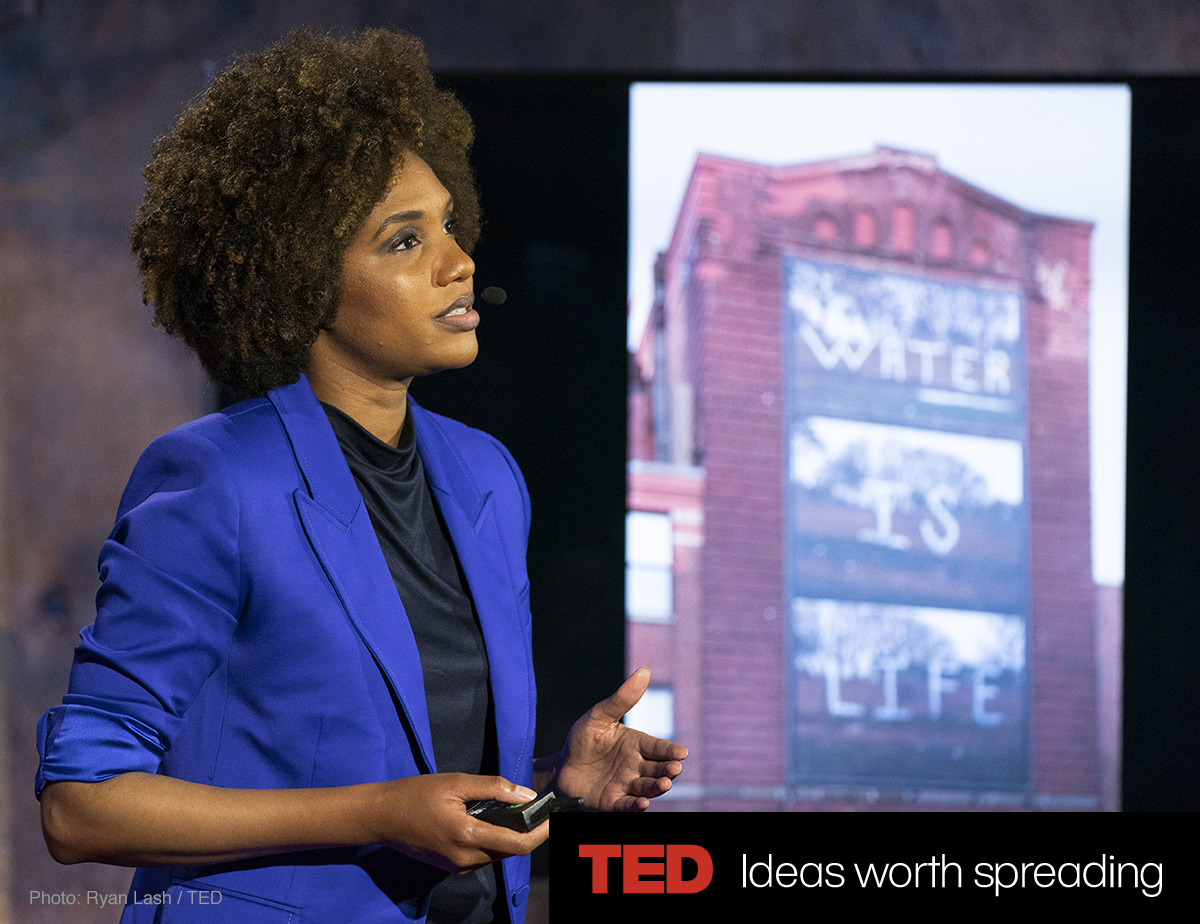REAL WORK: How Realism in Art Communicates the Meaning of Work
Art in America
By: Rachel Wetzler, Associate Editor
The Realist movement begins in earnest with an image of work.
Contemporary artists have adopted strikingly different approaches to contend with the instability of twenty-first-century economic life. Some have responded through a kind of abstraction of work itself, focusing instead on its evolving infrastructure: Liam Gillick’s generically modernist plexiglass-and-aluminum structures that allude to the utopian aesthetics of de Stijl, the Bauhaus, and Constructivism as they trickle down into the bland placelessness of the service economy cubicle; Yuri Pattison’s networked environments, like “user, space” at Chisenhale Gallery in 2016, a mock coworking space replete with slick minimalist office furniture, air-filtering plants, and computer-controlled smart lighting; Simon Denny’s installations that mimic displays at tech industry conferences and trade shows.
Another response has been to reflexively engage with the precariousness of “artist” as a profession. In the practices that art historian Julia Bryan-Wilson describes as “occupational realism,” artists unable to make a living in the field with which they professionally identify have recast the day jobs they take on out of necessity as artwork, emblematized by a project like Ben Kinmont’s Sometimes a nicer sculpture is being able to provide a living for your family (1998–ongoing), in which Kinmont’s actual, income-generating bookselling business doubles as a long-term endurance performance. For Bryan-Wilson, such works are “realist” in multiple senses: on the one hand, paid labor is really performed, not merely mimed or acted out; at the same time, these performances articulate the multiple, shifting identities and self-identifications characteristic of precarious workers in general.
Over the past several years, however, an increasingly prominent group of artists, including Aliza Nisenbaum, Jordan Casteel, LaToya Ruby Frazier, and Kevin Jerome Everson, have taken up the aesthetic conventions and formal traditions of realism, returning, in various ways, to the quintessentially realist form of the worker portrait. Though they engage knowingly, and in many cases overtly, with the realisms of the nineteenth and twentieth centuries, these portraits are far more ambivalent about the portrayal of labor than their predecessors, as if registering the shifting ground of work today.

[…] photographer LaToya Ruby Frazier’s series “The Last Cruze” focuses on deindustrialization and its aftershocks, illustrating what happens when the bottom finally falls out in a factory town—in this case, Lordstown, Ohio, whose economy had long revolved around a General Motors plant that most recently produced the compact Chevy Cruze. In November 2018, Dave Green, the president of Local 1112 of the United Auto Workers was informed by GM management that the Cruze line was being discontinued and the plant would be “unallocated,” a bureaucratic workaround that allowed GM to effectively close the factory without violating its union contract: the plant would not technically shut down, it just wouldn’t have anything to make, and thus no need for any workers. After the announcement went public that Lordstown and four other GM plants would be unallocated, the company’s stock price immediately shot up; meanwhile, the employees were faced with the wrenching choice of accepting offers of relocation to other GM plants, often hundreds of miles away from their homes, or staying put and hoping for the best, giving up their pensions and benefits.
Frazier documented the weeks leading up to the final Chevy Cruze rolling off the line in March 2019 and regularly returned to Lordstown for several months after, taking portraits of the workers and their families. The photographs are paired with text panels drawn from interviews she conducted with the sitters, in which they discuss their histories with the company, their anger—or resignation—in response to the closure of the factory, their anxieties about leaving friends and family behind. Though a selection of the photographs and interviews was originally published in the New York Times Magazine in 2018, Frazier takes care to distinguish what she is doing from photojournalism, with the position of detached objectivity that designation implies: “The Last Cruze” is an expression of solidarity from someone who has seen firsthand the social and economic wreckage a factory closure leaves behind. Frazier was born and raised in the former steel town of Braddock, Pennsylvania; her first major series, The Notion of Family (2001–14), extrapolated from autobiography, using her own family as embodiments of disinvestment in the Rust Belt and its consequent postindustrial deterioration.
[…]
Courtesy of: ARTnews.com

